In the bustling heart of Naples lies an artistic treasure waiting to be discovered: Sant'Anna dei Lombardi, also known as Santa Maria di Monteoliveto, represents one of Naples' most extraordinary hidden churches, earning the nickname "neapolitan Sistine Chapel."
But does the church of Sant'Anna dei Lombardi deserve this title?
Is it possible that a little Sistine Chapel exists among the alleys, open-air markets and folded pizzas and you don't know it yet?
Come with us among the frescoed vaults and renaissance sculptures of the church to discover one of the most flourishing periods of art in Naples.

Sant'Anna dei Lombardi: a masterpiece among the alleys of Naples
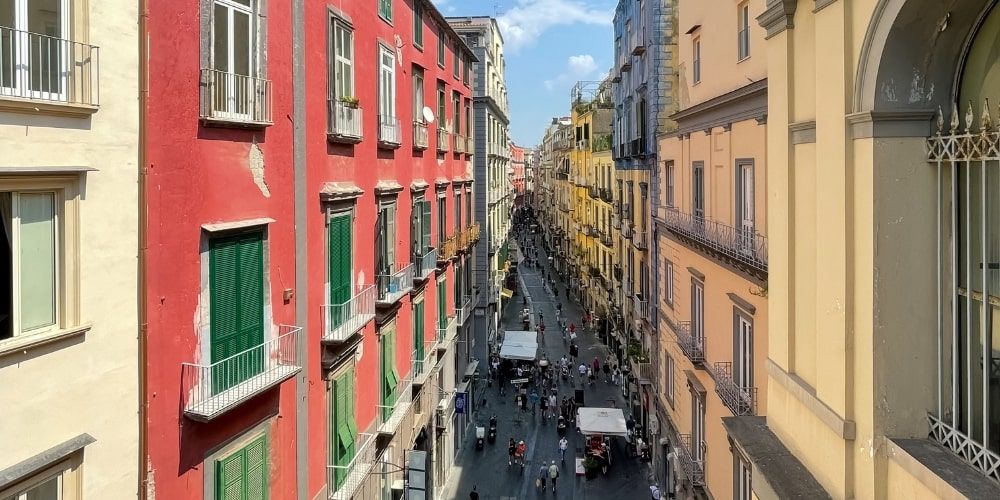
Between via Toledo and the marvelous Chiostro di Santa Chiara, in the midst of the characteristic streets of Naples, the church of Sant'Anna dei Lombardi was built under the patronage of Gurello Origlia, a notable from a very influential Neapolitan family in the 15th century, and entrusted to the fathers of the Olivetan order.
The church quickly became the reference point for the Florentine community residing in Naples, attracting important commissions that contributed to transforming it into a true Renaissance art treasure chest.
In 1798 Ferdinand I of the Two Sicilies ordered the removal of the Olivetans and the church changed its name, taking the current name of Sant'Anna dei Lombardi.
The magic of this place doesn't end with the visit to Vasari's frescoes but continues when you step out from the silent renaissance chapels onto the bustling alleys of the surrounding area: don't miss the extra tips and special bonus from a true neapolitan waiting for you at the end of this visit to the little neapolitan Sistine Chapel.
Discover Sant'Anna dei Lombardi with Naples PassVasari in Naples for Sant'Anna dei Lombardi
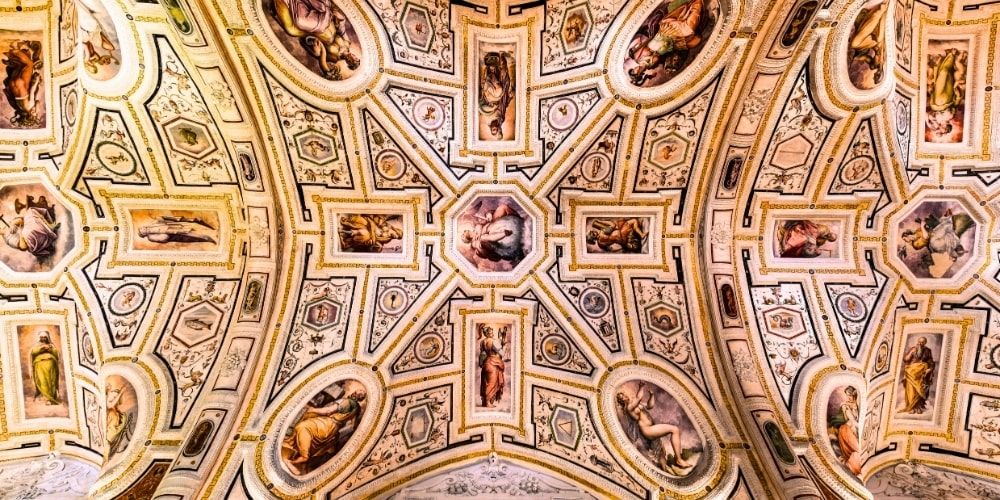
What makes Sant'Anna dei Lombardi one of the churches in Naples you can't miss? Who decorated it making it the "Neapolitan Sistine Chapel"?
The true jewel of Sant'Anna dei Lombardi is the Old Sacristy, completely frescoed by Giorgio Vasari in 1545: what was originally the refectory of the Olivetan monks transforms into one of the most spectacular environments of the renaissance in Naples.
Vasari drew direct inspiration from Michelangelo, creating a pictorial cycle divided into three bays representing allegories at the center:
- of Religion
- of Eternity
- of Faith
Eight figures including allegories and virtues accompany the composition, while 48 representations of Ptolemaic constellations decorate the vault.
Completing this extraordinary environment are the wooden inlays by Fra' Giovanni da Verona, created in 1506. With their three-dimensionality, skillful use of chiaroscuro and representation of landscapes and "false cabinets," they create illusionistic effects with Vasari's frescoes.
The intervention of the Arezzo artist represents the most important testimony of the Florentine Renaissance present in Naples, demonstrating how the capital of the Kingdom of the Two Sicilies was able to attract the greatest masters of the era.
Why Sant'Anna dei Lombardi is called the Neapolitan Sistine Chapel
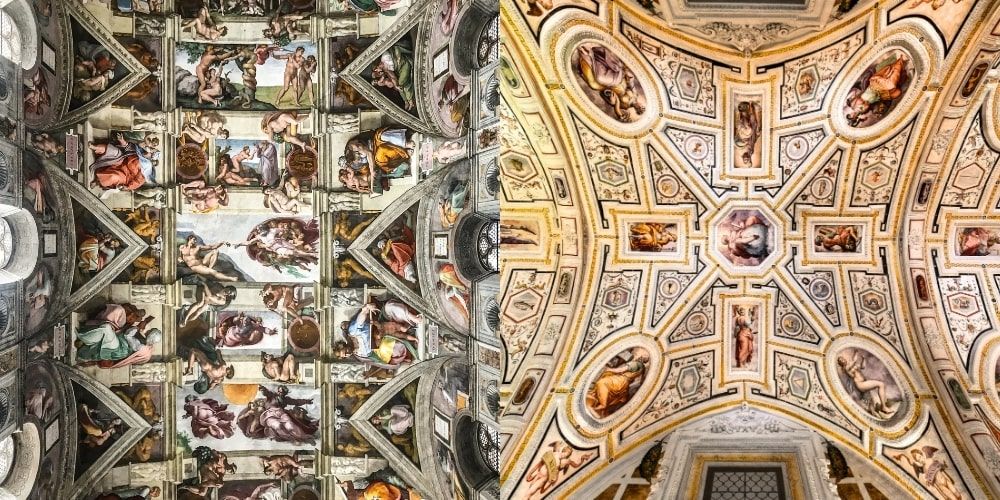
See for yourself why Sant'Anna dei Lombardi deserves this prestigious nickname, on the left, a glimpse of the Sistine Chapel; on the right, the Vasari chapel...
The comparison with the famous Sistine Chapel in Rome is not exaggerated: Vasari drew direct inspiration from Michelangelo, one of the artists he admired most, to create in the Old Sacristy of Sant'Anna dei Lombardi what today can be defined as the little Neapolitan Sistine Chapel.
The points of contact are extraordinary:
THE MASTERS:
- Sistine Chapel: The genius Michelangelo Buonarroti
- Sant'Anna dei Lombardi: Giorgio Vasari, friend and admirer of the master Michelangelo
WHAT DO THEY TELL?
- Sistine Chapel: the Genesis and the Last Judgment
- Sant'Anna dei Lombardi: Allegories of Religion, Eternity and Faith
THE TECHNIQUE:
- Sistine Chapel: frescoes on vault
- Sant'Anna dei Lombardi: frescoes on vault with three bays
THE DECORATIONS:
- Sistine Chapel: monumental Biblical figures
- Sant'Anna dei Lombardi: 48 constellations + grotesques
The result? Like the famous Sistine Chapel in Rome, this neapolitan church houses an artistic heritage of inestimable value, fruit of the patronage of the most influential families of the Renaissance. The decorative richness, the variety of artistic styles represented and the presence of works signed by masters of Vasari's caliber fully justify this prestigious title.
As soon as you stand with your nose in the air and your mouth half open admiring the vaults of the church of Sant'Anna dei Lombardi, you will understand why the neapolitans proudly call it their "little Sistina"...
Art and sculpture: all the hidden treasures of the renaissance in Naples
Sant'Anna dei Lombardi houses an exceptional artistic heritage that goes beyond the famous sacristy and Vasari's frescoes:
- The Lamentation over the Dead Christ by Guido Mazzoni from 1492 represents one of the peaks of Italian Renaissance sculpture: 8 life-sized terracotta statues arranged around the dead Christ, with Joseph of Arimathea and Nicodemus portraying respectively Alfonso II of Aragon and his father Ferrante.
- The renaissance chapels testify to the fruitful artistic relationships between Naples and Tuscany. The works of Giuliano and Benedetto da Maiano, together with the works of Antonio Rossellino, create an artistic journey of extraordinary richness.
- The golden wooden organ from 1697, created by Cesare Catarinozzi da Subiaco, completes this extraordinary artistic heritage that makes Sant'Anna dei Lombardi one of the most important testimonies of the tuscan renaissance in Naples.
The mystery of the putto in the Correale chapel
In the Church of Sant'Anna dei Lombardi there is also the Correale Chapel, another Renaissance jewel. Built and decorated at the end of the 15th century by the Florentine sculptor Benedetto da Maiano, one of the most famous marble workers of his time.
Like all famous artists, Benedetto da Maiano had some boys who worked with him, to learn his art. Why are we telling you this?
Look at the altar and shift your gaze up to the right: there's a putto looking at you with a sweet and somewhat mischievous smile. Are you captured by that putto and that half smile?
It really seems that this beautiful work inside the masterpiece of the Correale Chapel is by a young, indeed adolescent, Michelangelo. A Michelangelo of about 14 years old.
Many scholars, putting together several points, affirm that the presence of the young Michelangelo in Benedetto da Maiano's workshop is more than realistic data.
And analyzing the sculpture, several elements have been highlighted that refer to the sculptural style of the genius Michelangelo. Let's see them:
- The structure of the head
- The almost satirical, mischievous expression of the face
- The posture (the putto has the right arm, which unfortunately is no longer there, raised showing the armpit and this is a detail that follows a recurring pattern in Michelangelo's other works)
Renaissance architecture: a close bond with Tuscany
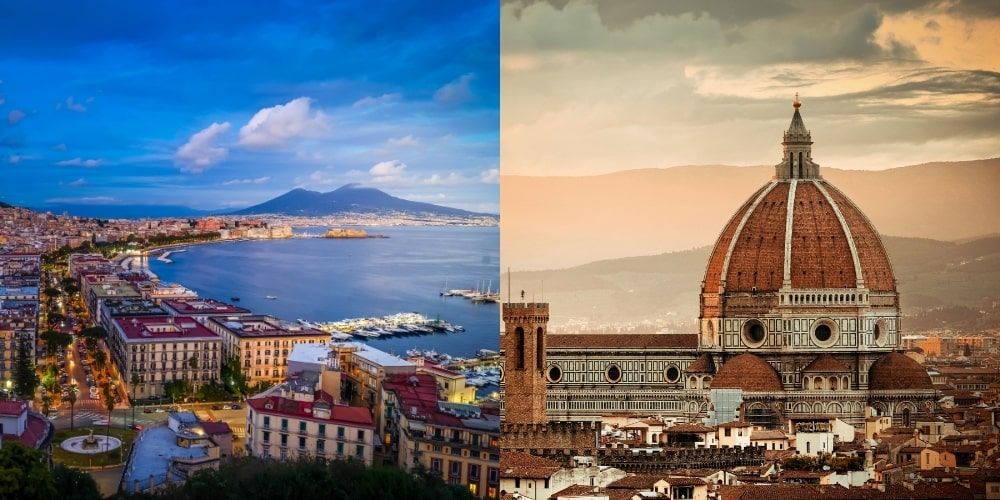
Everything in the Church of Sant'Anna dei lombardi recalls the renaissance and this is a real rarity in the city of Naples which is instead characterized by a Baroque and Neoclassical architectural presence.
The church testifies to the close bond between the city and Tuscany, demonstrating that already in those times a dense Florentine "colony" of merchants, artisans and bankers had settled in Naples.
Where it is and how to get to the Neapolitan Sistine Chapel
Address: Sant'Anna dei lombardi is located in piazza Monteoliveto, easily reachable by metro stop Toledo (350m.), but also by metro stop University (650m.).
Visiting hours:
- Monday - Saturday: 09:30-18:30
- Sunday: 12:30 - 17:30
N.B. last entry half an hour before closing
Ticket:
- Entry ticket: 8€ (includes audioguide)
- From March 2025: combined ticket with Treasure of San Gennaro at 15€
Booking for groups is mandatory
We recommend dedicating at least one hour to the visit to fully appreciate the artistic richness of the complex. The Neapolitan Sistine Chapel deserves to be discovered calmly, letting yourself be transported by the beauty of a hidden church in the historic center of of Naples.
Sant'Anna dei lombardi is a gem that will make you discover an artistic heritage of inestimable value.
Extra tip: what to do in the area

You're in the heart of this ancient and modern, chaotic and welcoming city, let yourself be guided by your sixth sense, get lost among the streets and the aromas of street food.
You have Spaccanapoli and the famous San Gregorio Armeno, the nativity scene street, 5 minutes away, you have equally close, indeed very close, via Toledo, and then the San Carlo theater and the Lungomare.
How about taking a bath in Neapolitan life? The Pignasecca market awaits you, exactly 4 minutes from the Church of Sant'Anna dei lombardi in Naples.
Discover Naples PassBONUS:
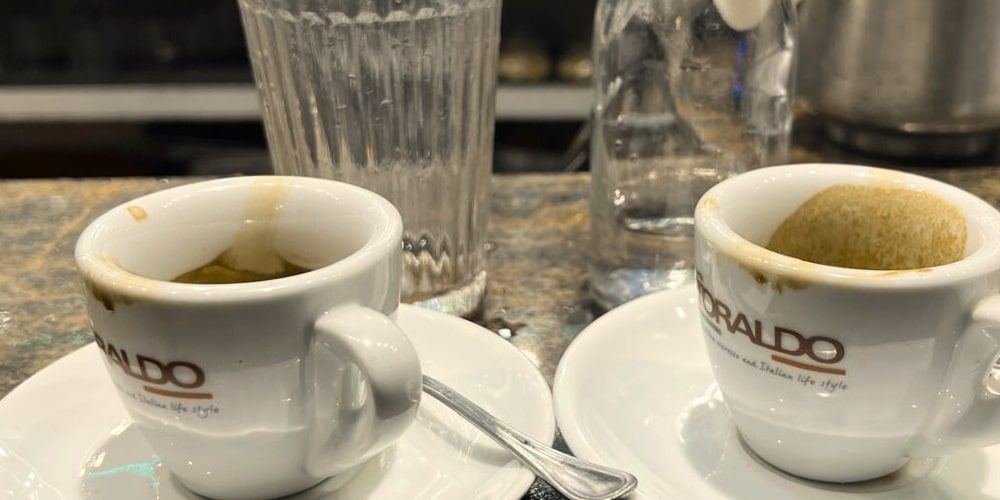
Naples is famous for its coffee, strong and dark. Don't look for some particular bar, enter any bar in the neighborhood, the one that inspires you most from the outside. Order "na tazzulell e' cafè" and drink it at the counter just like a local.
About the author
Written on 10/10/2025

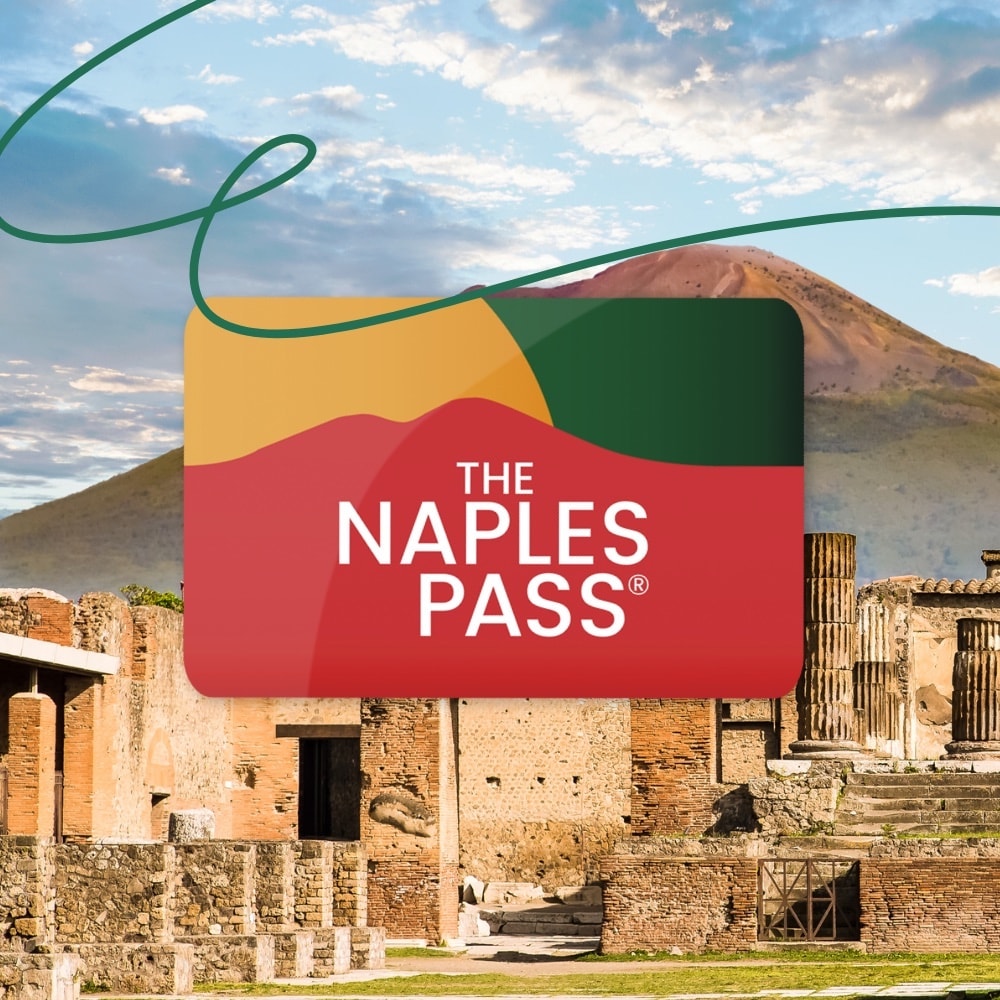
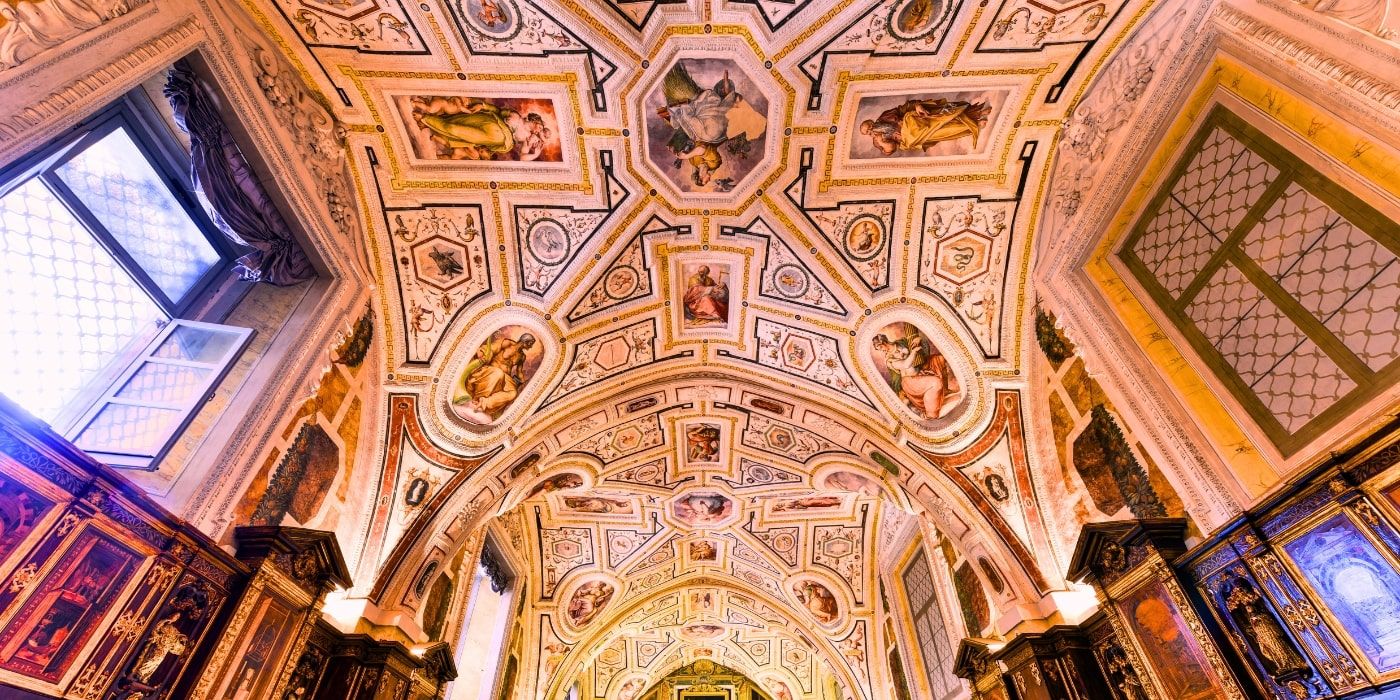

Roberta Buonajuto
Sant'Anna dei Lombardi, a treasure of Neapolitan Renaissance, which houses artistic masterpieces comparable to the Sistine Chapel.